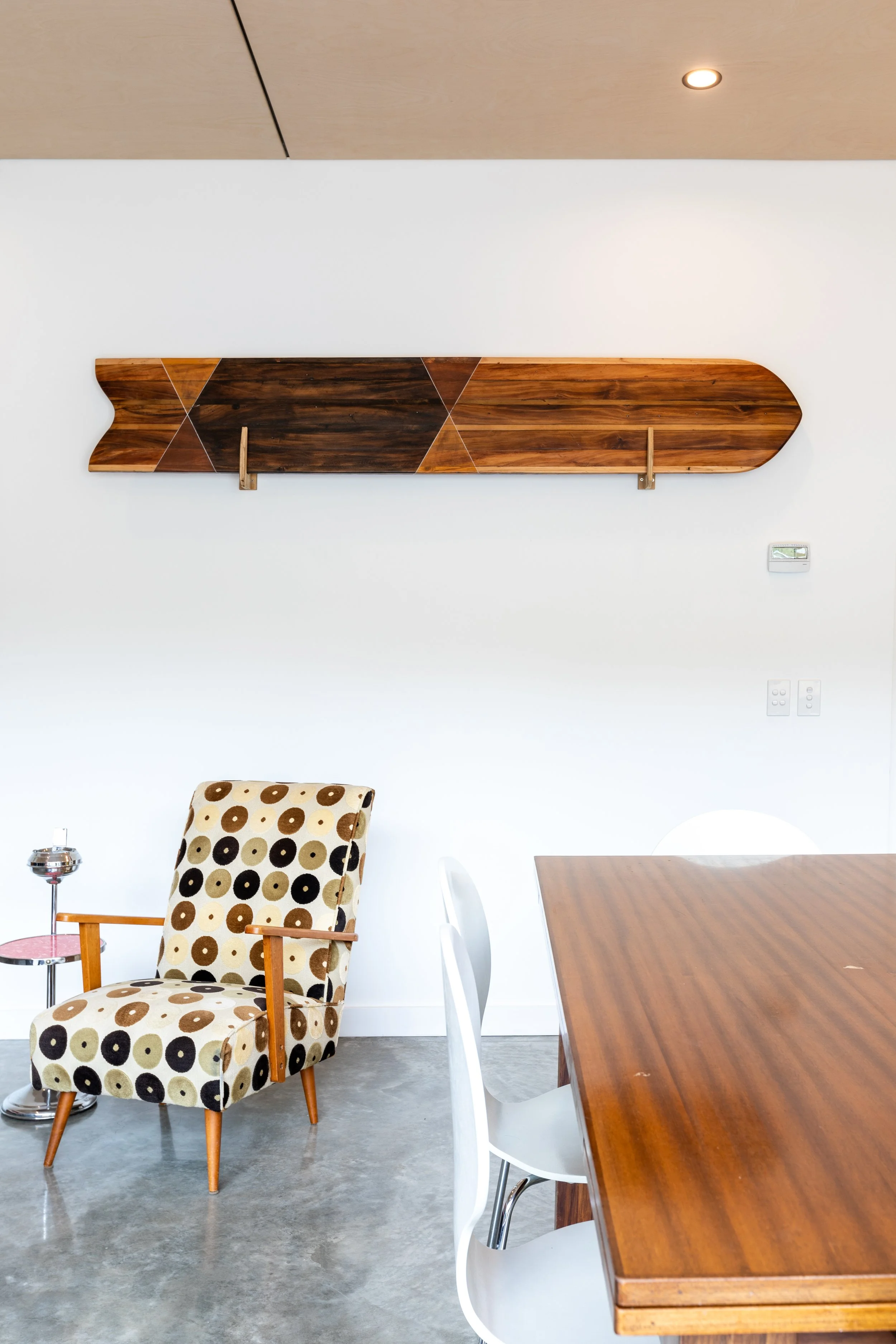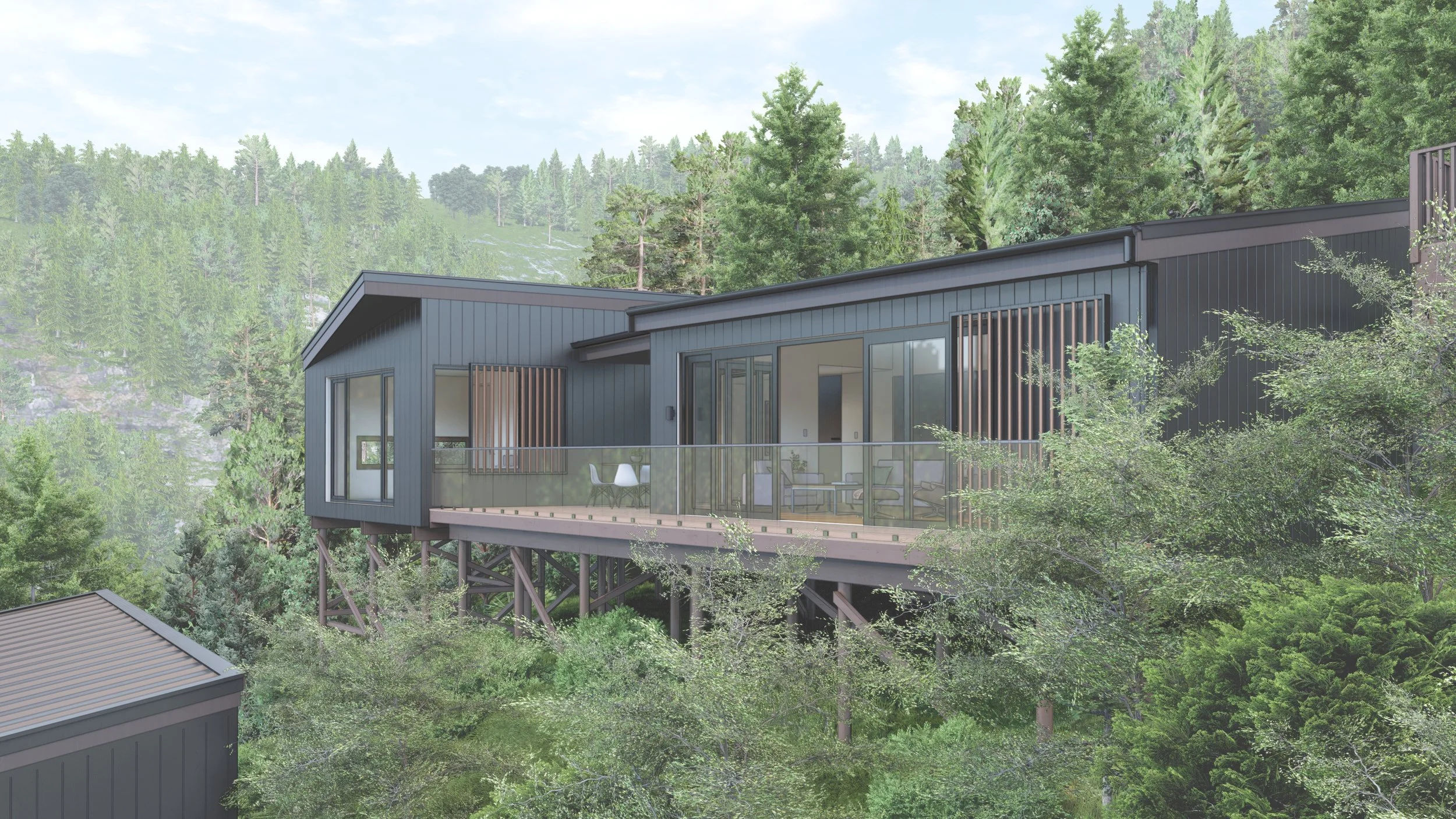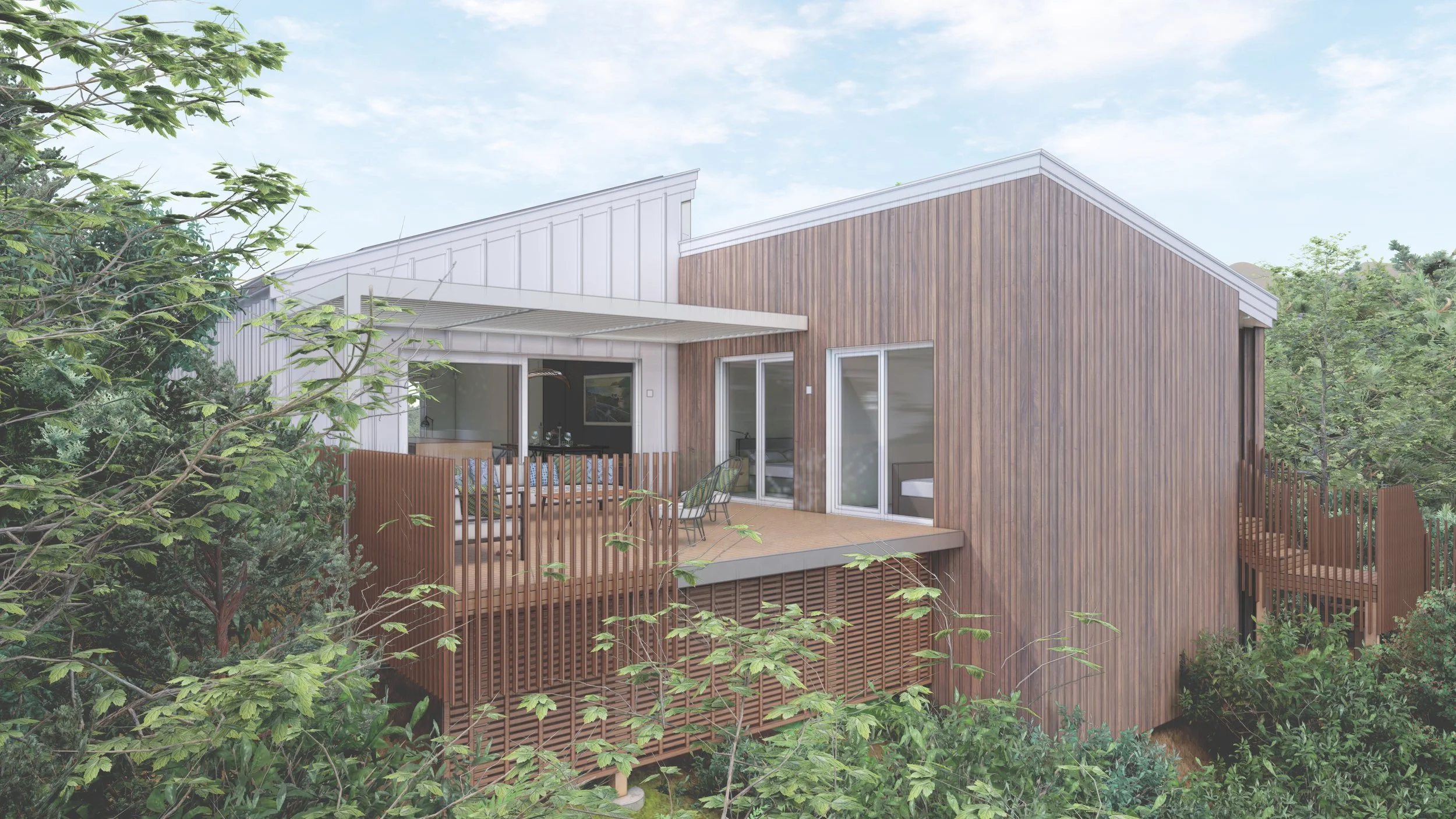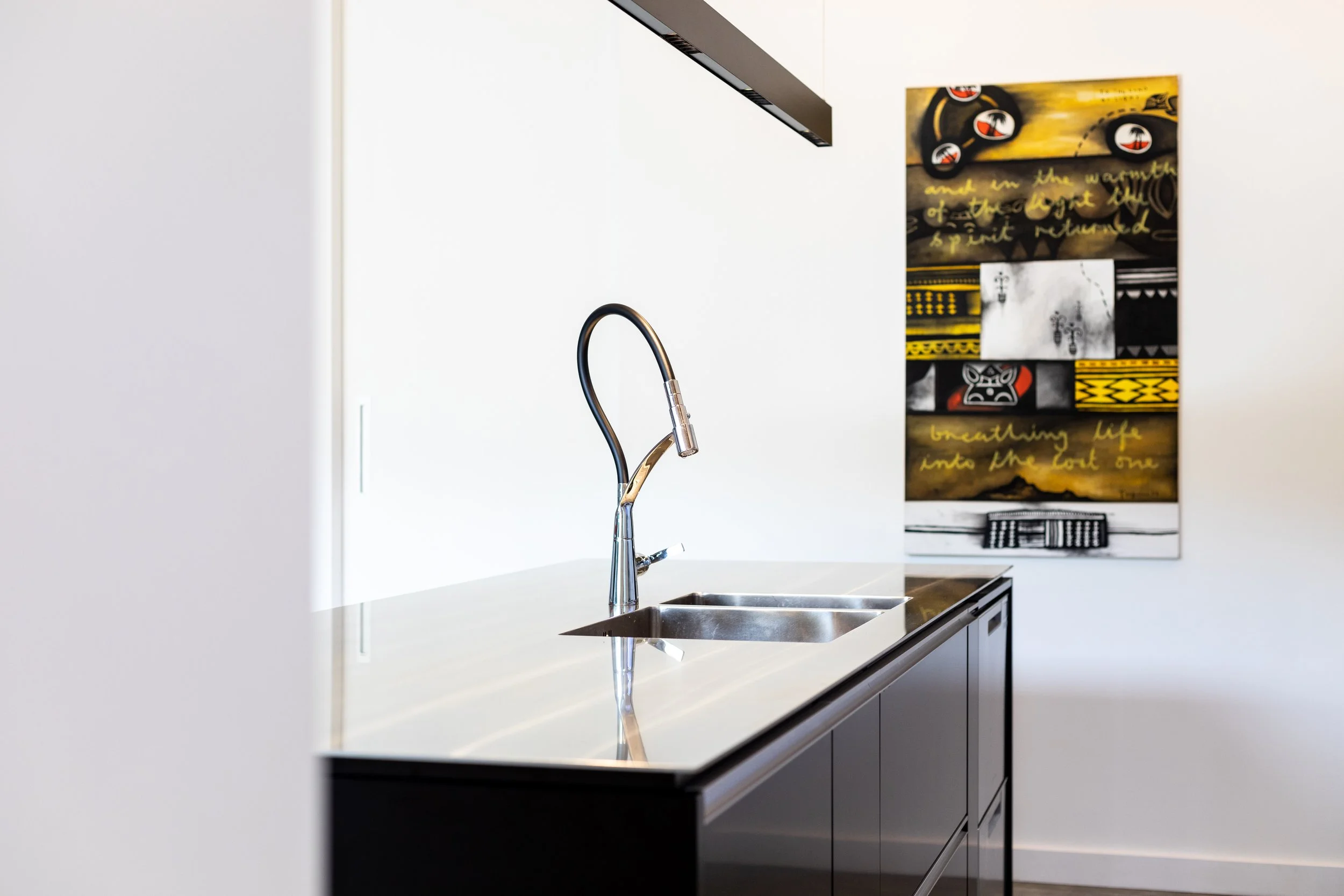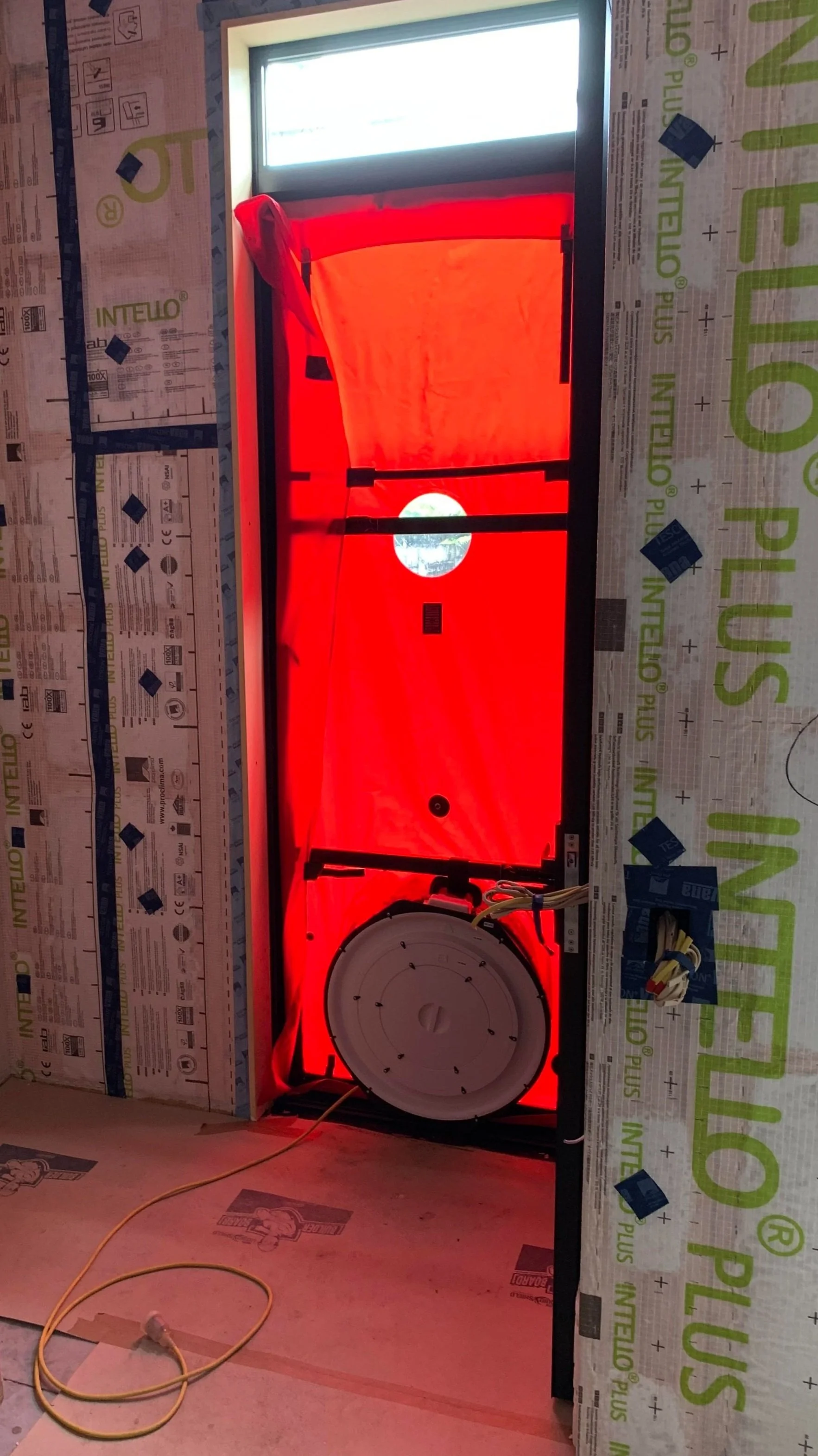Passive House
The magic to creating a better home
Discover how intelligent design and key components work together to create homes that are exceptionally comfortable, healthy, and energy efficient.
Queens Drive, Lyall Bay, Wellington
Picture living in a home that stays cozy in winter, cool in summer, and always has fresh air inside – all while using hardly any energy. That's the deal with Passive House (or PassivHaus). It started in Germany over 30 years ago and it's basically a super smart way to build. By packing in loads of insulation, making everything efficient, and using a clever breathing system, these homes are incredibly comfy, healthy, and seriously light on the power bill.
The Magic of Passive House
Think of a Passive House as a super-smart Kiwi home rocking six key features that work together like a well-oiled machine:
Super Insulation:
Imagine your home wrapped in a thick, woolly blanket! This top-notch insulation keeps the heat in when those southerly winds blow and keeps the harsh summer sun out, making your place consistently toasty or cool.
Airtightness:
We're talking about sealing your home like a chilly bin to keep those sneaky drafts out. No more cold patches or wasted energy trying to heat or cool air that's just escaping out the gaps.
High-Performance Windows:
These aren't your average ranch sliders! They're like super-efficient double or triple glazing that lets in our beautiful Kiwi sunshine while trapping the warmth inside during those nippy evenings.
Thermal Bridge-Free Construction:
Imagine little pathways where heat can sneak out through your walls, floors, and roof. Passive House design blocks these "thermal bridges," so the temperature stays even throughout your whole crib.
Mechanical Ventilation with Heat Recovery (MVHR):
Think of it as your home's lungs! It constantly brings in fresh, filtered air – great for keeping out that Kiwi dampness – while cleverly grabbing the warmth from the stale air going out to heat up the fresh air coming in (and cooling it in summer!). It's a real game-changer for fresh, healthy air without wasting power.
And the secret sauce that brings it all together:
Thermal Modelling:
This is like creating a digital twin of your future home on a computer. Passive House Architects and designers use this to predict exactly how the building will perform in different weather conditions throughout the year. It helps them fine-tune the insulation levels, window placement, and ventilation to make sure everything works perfectly together to achieve that awesome Passive House performance right from the start. It's all about smart planning to create the ultimate comfy and efficient Kiwi home!
These six "secret ingredients" work together to create a home that's not just easy on the power bill, but also super comfy and healthy to live in, right here in New Zealand!
Key Projects
Church Bay (targeting PHI Low Energy Building)
Mornington (targeting Passive House)
Frequently Asked Questions
Q: What is a Passive House, in simple terms?
Think of it as a super-insulated and airtight home that's designed to stay incredibly comfortable year-round with very little heating or cooling needed. It's like building a really good chilly bin for your living space!
Q: What are the biggest advantages of choosing a Passive House in NZ?
You'll get a home that's super cozy in winter and nice and cool in summer, has fantastic fresh and healthy air inside, and slashes those power bills big time. Plus, it's a really resilient and future-proof way to build in our unique climate.
Q: How much energy does a Passive House consume?
Passive Houses are designed to use up to 90% less energy for heating and cooling compared to standard buildings. That means tiny energy bills! They still use energy for appliances and hot water, but the big temperature control costs are drastically reduced.
Q: How does the ventilation system work to keep the air fresh and healthy?
They use a clever system called Mechanical Ventilation with Heat Recovery (MVHR). It's like your house has its own lungs, constantly bringing in fresh, filtered air while recovering the heat (or coolness) from the stale air going out. This means no drafts and lovely, clean air all the time, which is great for keeping that Kiwi dampness and allergens at bay.
Q: How comfortable can I expect to be in a Passive House?
Expect ultimate comfort! You'll have consistent temperatures throughout your home, no cold spots or drafts, and excellent air quality. It's a really stable and pleasant living environment, no matter what the weather is doing outside.
Q: Is it difficult to find builders who know how to build Passive Houses?
The number of builders with Passive House expertise is growing in New Zealand! It's definitely worth seeking out certified Passive House builders or those with proven experience to ensure the high standards are met. There are resources available to help you find them. Also feel free to reach out to use, we know a number of great Passive House builders in most areas of New Zealand which we are happy to recommend.
Q: Is Passive House a good investment for the future in New Zealand?
Absolutely! With rising energy costs and a growing focus on sustainable living, a Passive House is a smart long-term investment. You'll save money on energy, have a healthier and more comfortable home, and it's likely to hold its value well in the future as energy efficiency becomes even more important.
Consulting + Services
Whether or not we were involved in the initial design of your project, we offer comprehensive review services to assess its current performance. Our team can identify areas for improvement and provide expert advice on adjustments or optimizations needed to achieve the desired energy efficiency, sustainability, or comfort goals. From recommending design changes to suggesting more efficient materials or systems, we work with you to ensure your project meets the highest standards and performs as intended.
-
Our thermal modelling consulting uses simulation tools to optimize a building's thermal performance, considering factors like insulation, windows, ventilation, and climate.
Services include:
Energy Efficiency Analysis: Identifying areas for improvement in insulation, heating, cooling, and ventilation.
Optimization: Recommending adjustments to enhance comfort, reduce energy use, and save costs.
Performance Review: Offering guidance for further certification, if desired.
-
Our Passivhaus consulting services ensure your building meets the energy-efficient standards for Passivhaus (Passive House) certification.
Our services include:
Energy Modelling and Analysis: Predicting energy use to meet Passivhaus standards for performance, insulation, airtightness, and ventilation.
Design Guidance: Helping your architect/designer optimize thermal insulation, windows, and airtight construction.
Performance Verification: Verifying compliance with energy standards through testing and evaluation.
Certification Support: Guiding your project through the Passivhaus certification process.
As certified Passivhaus Designer/Consultants, we ensure your building is energy-efficient, comfortable, and sustainable.
-
Thermal bridge calculations analyse heat loss or gain at areas where insulation is interrupted, such as junctions, windows, and structural elements. These "thermal bridges" allow more heat flow, affecting energy efficiency and comfort.
The calculations help to:
Identify Heat Loss: Pinpoint areas of significant heat transfer.
Assess Performance: Evaluate the impact on energy use and indoor temperature.
Ensure Compliance: Meet energy codes by reducing heat loss.
Improve Design: Recommend changes to eliminate thermal bridges.
These calculations optimize thermal efficiency, reduce energy costs, and improve comfort.
-
Our Homestar assessments evaluate the sustainability of residential buildings in New Zealand, focusing on energy efficiency, water usage, air quality, and environmental impact.
The process includes:
Scoring: Evaluating insulation, heating, ventilation, and materials.
Energy Efficiency: Ensuring low energy use and carbon footprint.
Comfort and Health: Assessing indoor air quality and thermal comfort.
Sustainability: Reducing environmental impact through water and waste management.
Certification Support: Guiding your project through the Homestar certification process.
The final 6-10 Homestar rating recognised improved sustainability, increased property value, and lower energy and maintenance costs. Some banks also offer interest rate discounts for homes achieving a Homestar 6 rating or better.
Queens Drive, Lyall Bay. Wellington.

“Jason is very easy to work with and knows what he’s talking about when it comes to thermal modelling. He’s friendly, knowledgeable and approachable, so highly recommended.”
“Jason Macquet has Exceptional Knowledge provided Great Service and is using really up to date software and information to produce his reports. I would highly recommend him.”
“Jason provided me with a the report requested very quickly. The report was very thorough, and Jason talked me through key points. ”

